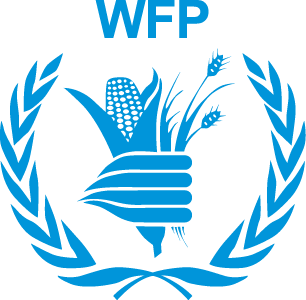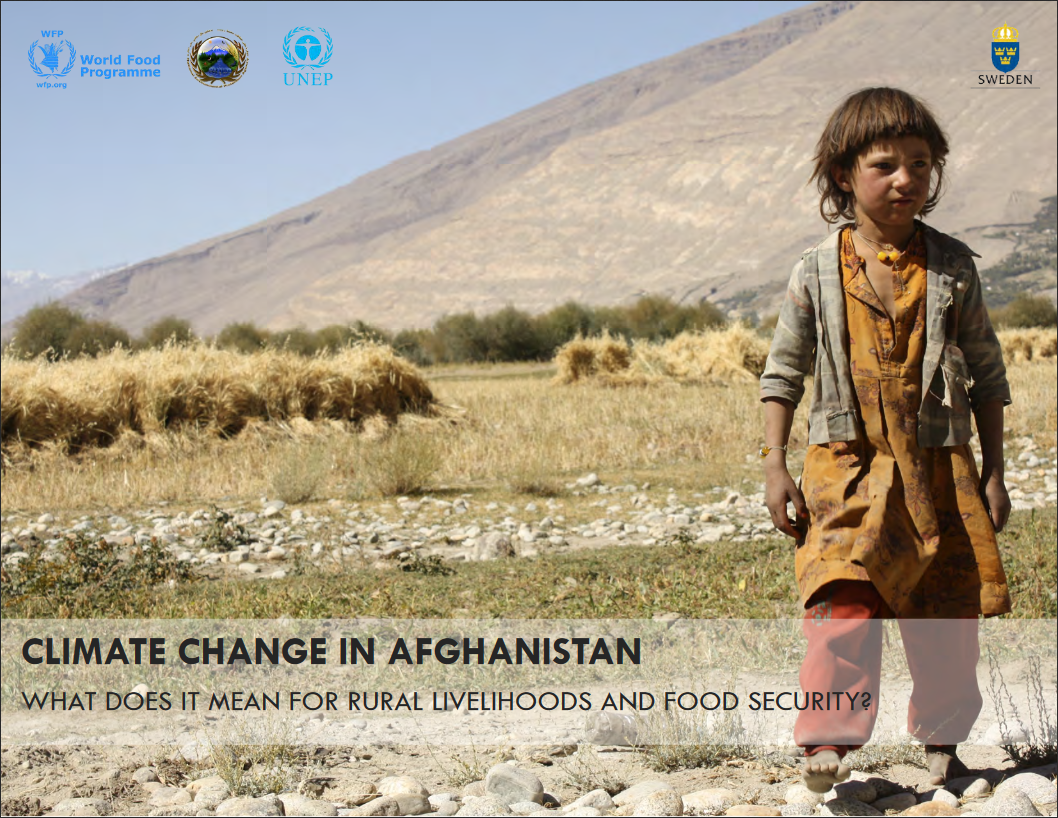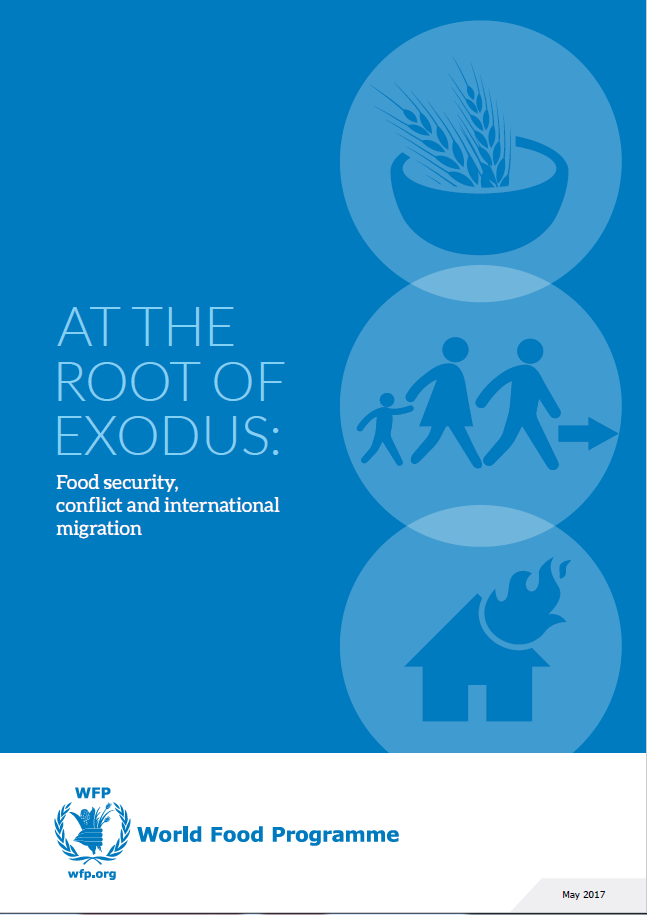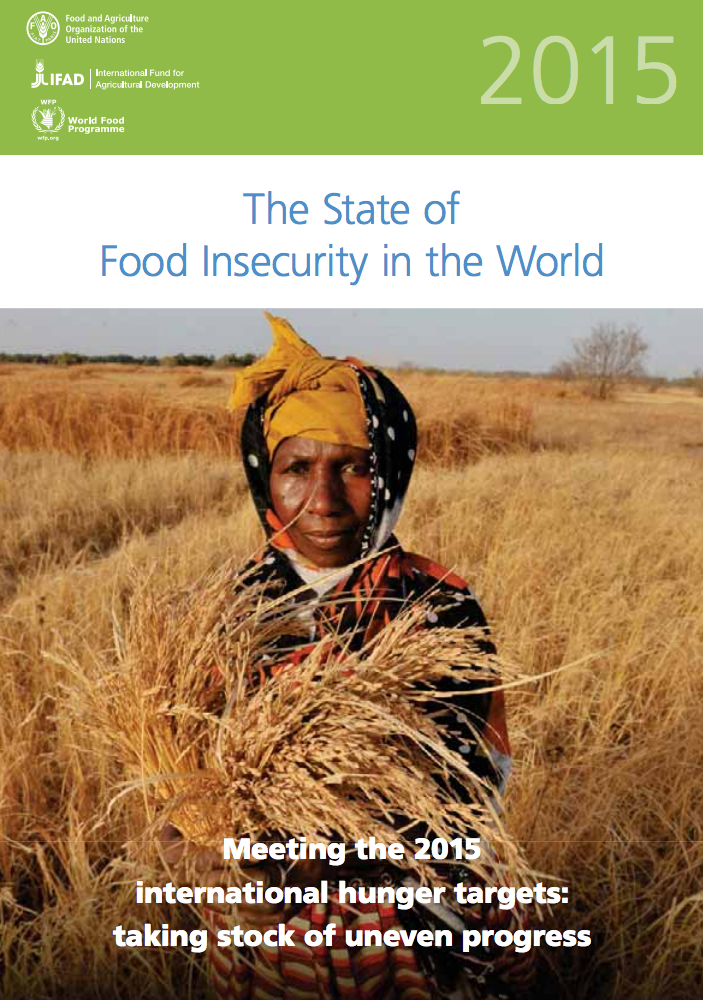The World Food Programme is the world's largest humanitarian agency fighting hunger worldwide.
In emergencies, we get food to where it is needed, saving the lives of victims of war, civil conflict and natural disasters. After the cause of anemergency has passed, we use food to help communities rebuild their shattered lives.
WFP is part of the United Nations system and is voluntarily funded.
Born in 1961, WFP pursues a vision of the world in which every man, woman and child has access at all times to the food needed for an active and healthy life. We work towards that vision with our sister UN agencies in Rome -- the Food and Agriculture Organization (FAO) and the International Fund for Agricultural Development (IFAD) -- as well as other government, UN and NGO partners.
On average, WFP reaches more than 80 million people with food assistance in 82 countries each year. 11,367 people work for the organization, most of them in remote areas, directly serving the hungry poor.
To learn more, watch the video outlining our mission, read our Mission Statement and our 2013 Annual Performance Report or download the Infographic.
Members:
Resources
Displaying 6 - 10 of 18Climate Change in Afghanistan - What Does it Mean for Rural Livelihoods and Food Security?
Climate change in Afghanistan is not an uncertain, “potential” future risk but a very real, present threat— whose impacts have already been felt by millions of farmers and pastoralists across the country. In this report, it is shown how drought and flood risks have changed over the past thirty years, and what impact this has had on rural livelihoods and food security in the country. The aim is to inform national-level prioritisation of areas and livelihoods groups for climate change adaptation and disaster risk reduction programmes.
At the root of exodus: Food security, conflict and international migration
As an international actor in addressing food insecurity among refugees and other migrants, the World Food Programme (WFP) has undertaken a research study to determine the role that food security plays in cross-border migration. Given the dearth of data on this topic, the WFP study sought to answer some of the following questions: What is it that compels people to leave their homes? What role does food insecurity play in migration? Are these factors common across all international migrants, or do unique root causes spur specific migrant populations to move from their homes?
FAO/WFP CROP AND FOOD SECURITY ASSESSMENT MISSION TO MYANMAR
Highlights:
•
Cyclone Komen made landfall in Myanmar at the end of July 2015
causing extensive flooding to
agricultural land, which remained
submerged
in some areas until September. This caused severe
localized losses to the 2015 monsoon season crops, especially p
addy, in Chin, Rakhine,
Ayeyarwaddy, Yangon, Sagaing
and parts of Bago. However, once the water receded, a large portion
of the flooded areas with paddy was replanted. Overall, the amount of irreversible damage was
limited.
•
The State of Food Insecurity in the World 2015
This year´s annual State of Food Insecurity in the World report takes stock of progress made towards achieving the internationally established Millennium Development Goal (MDG1) and World Food Summit hunger targets and reflects on what needs to be done, as we transition to the new post-2015 Sustainable Development Agenda. The report reviews progress made since 1990 for every country and region as well as for the world as a whole.
World Food Program: Operational Report - September 2015
Emergency Flood Response: "In late July and August,
more than 1.7 million people in 13 states/regions were
affected by the widespread floods and landslides,
as a result of the tropical Cyclone Komen. WFP
prompted an emergency flood response on 2 August,
within 48 hours after the declaration of Chin, Magway,
Rakhine and Sagaing as Disaster Zones by
the President of Myanmar. One month after, WFP and
its cooperating partner have reached 100 percent of
455,269 targeted beneficiaries with 3,241 tons of food





